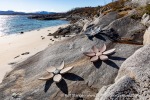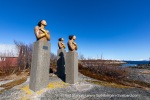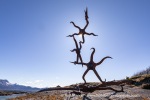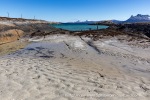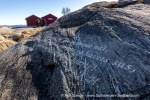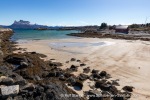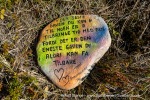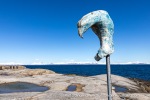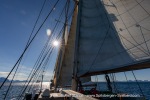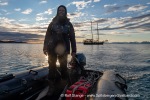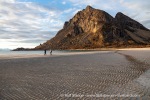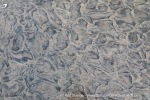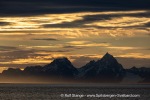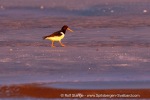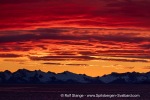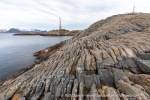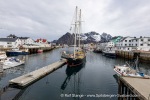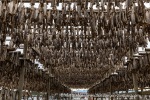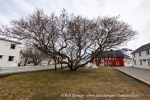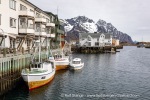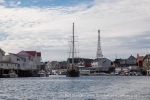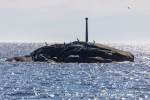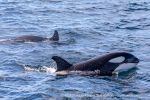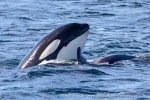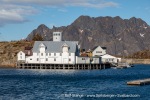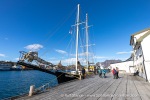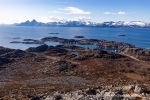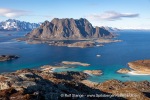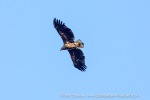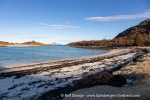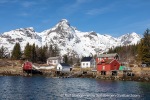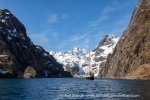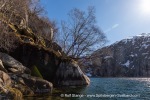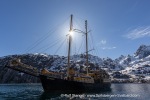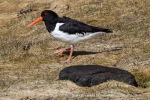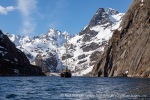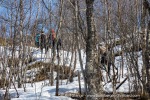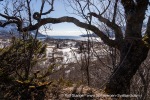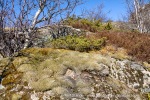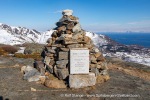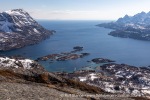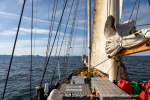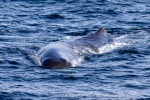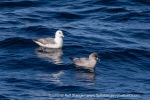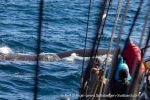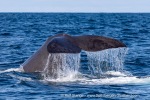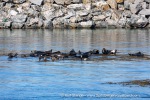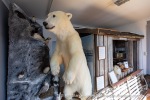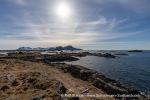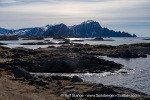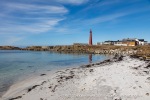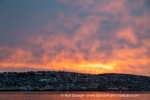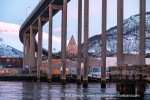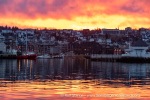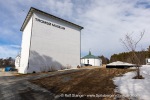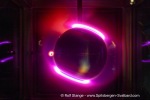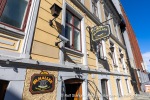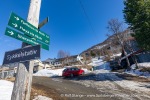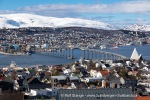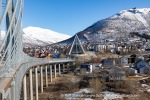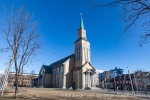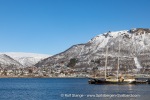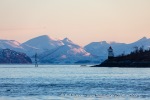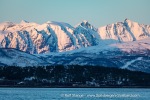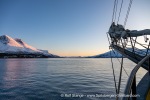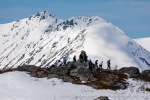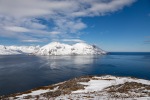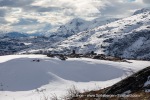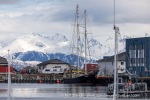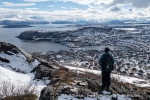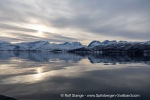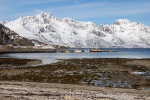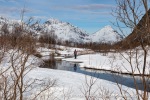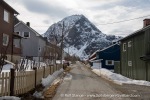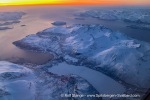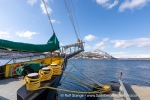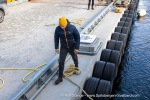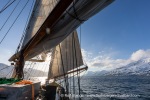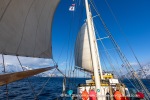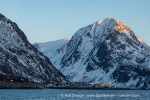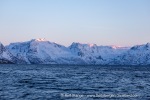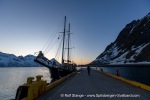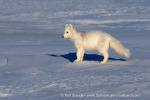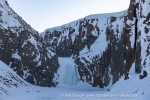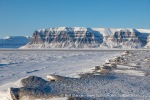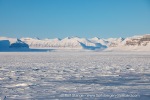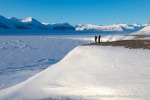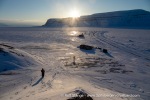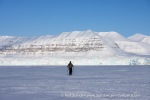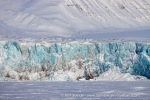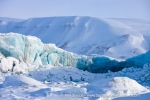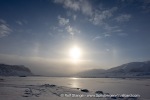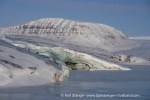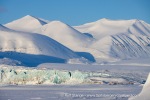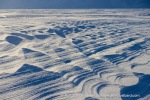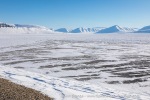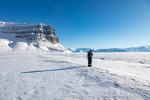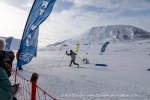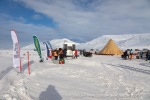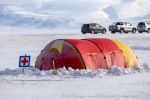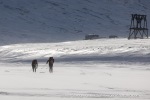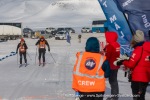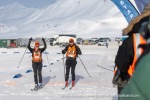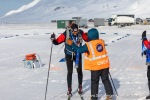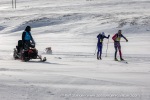-
current
recommendations- Liefdefjord
New page dedicated to one of Spitsbergen's most beautiful fjords. Background information and many photos.
- New Spitsbergen guidebook
The new edition of my Spitsbergen guidebook is out and available now!
- Liefdefjord
New page dedicated to one of Spitsbergen's most beautiful fjords. Background information and many photos.
Page Structure
-
Spitsbergen-News
- Select Month
- May 2025
- April 2025
- March 2025
- February 2025
- January 2025
- December 2024
- November 2024
- October 2024
- September 2024
- August 2024
- July 2024
- June 2024
- May 2024
- April 2024
- March 2024
- February 2024
- January 2024
- December 2023
- November 2023
- October 2023
- September 2023
- August 2023
- July 2023
- June 2023
- May 2023
- April 2023
- March 2023
- February 2023
- January 2023
- December 2022
- November 2022
- October 2022
- September 2022
- August 2022
- July 2022
- June 2022
- May 2022
- April 2022
- March 2022
- February 2022
- January 2022
- December 2021
- November 2021
- October 2021
- September 2021
- August 2021
- July 2021
- June 2021
- May 2021
- April 2021
- March 2021
- February 2021
- January 2021
- December 2020
- November 2020
- October 2020
- September 2020
- August 2020
- July 2020
- June 2020
- May 2020
- April 2020
- March 2020
- February 2020
- January 2020
- December 2019
- November 2019
- October 2019
- September 2019
- August 2019
- July 2019
- June 2019
- May 2019
- April 2019
- March 2019
- February 2019
- January 2019
- December 2018
- November 2018
- October 2018
- September 2018
- August 2018
- July 2018
- June 2018
- May 2018
- April 2018
- March 2018
- February 2018
- January 2018
- December 2017
- November 2017
- October 2017
- September 2017
- August 2017
- July 2017
- June 2017
- May 2017
- April 2017
- March 2017
- February 2017
- January 2017
- December 2016
- November 2016
- October 2016
- September 2016
- August 2016
- July 2016
- June 2016
- May 2016
- April 2016
- March 2016
- February 2016
- January 2016
- December 2015
- November 2015
- October 2015
- September 2015
- August 2015
- July 2015
- June 2015
- May 2015
- April 2015
- March 2015
- February 2015
- January 2015
- December 2014
- November 2014
- October 2014
- September 2014
- August 2014
- July 2014
- June 2014
- May 2014
- April 2014
- March 2014
- February 2014
- January 2014
- December 2013
- November 2013
- October 2013
- September 2013
- August 2013
- July 2013
- June 2013
- May 2013
- April 2013
- March 2013
- February 2013
- January 2013
- December 2012
- November 2012
- October 2012
- September 2012
- August 2012
- July 2012
- June 2012
- May 2012
- April 2012
- March 2012
- February 2012
- January 2012
- December 2011
- November 2011
- October 2011
- September 2011
- August 2011
- May 2011
- April 2011
- March 2011
- February 2011
- January 2011
- December 2010
- November 2010
- September 2010
- August 2010
- July 2010
- June 2010
- May 2010
- April 2010
- March 2010
- February 2010
- November 2009
- October 2009
- August 2009
- July 2009
- June 2009
- May 2009
- April 2009
- March 2009
- February 2009
- January 2009
- December 2008
- November 2008
- October 2008
- August 2008
- July 2008
- June 2008
- May 2008
- April 2008
- March 2008
- February 2008
- April 2000
- Select Month
-
weather information
-
Newsletter

| Guidebook: Spitsbergen-Svalbard |
Home → April, 2024
Monthly Archives: April 2024 − News & Stories
Tranøy-Engeløy
Tue
30 Apr
2024
The wind had picked up quite a bit, but we could expore Tranøy art park in spendid sunshine. Over a long period they have added a piece of art every year in different places, so it takes you everywhere across the whole place, including some hidden gems.
Later wind and sails took us to another hidden gem, namely the bay of Bøvika on the island of Engeløy with a beautiful wide sand beach and a stunning sunset.
- gallery anchor link: #gallery_3010
Click on thumbnail to open an enlarged version of the specific photo.
Henningsvær-Skrova
Mon
29 Apr
2024
Henningsvær is one of the most beautiful and well-known places in Lofoten, an old fishing village situated on several small skerries. That’s where we spent the morning, turning our attention to the geology (2.85 billion years old rocks), dried cod and related history and the many lovely general impressions that that place has. And, of course, don’t forget about the culinary highlights!
Later we set course for Skrova, having skipped the idea of visiting the islands further south in Lofoten because of the weather forecast. This turned out to be a lucky move, as we found a large pod of orcas near Skrova. Amazing – who would have expected orcas in this area in late April? A beautiful encounter.
Then we still had Skrova waiting for us, with the lovely little village, the mountain and some beautiful white beaches.
- gallery anchor link: #gallery_3007
Click on thumbnail to open an enlarged version of the specific photo.
Trollfjord-Digermulen
Sun
28 Apr
2024
Days on end with sun, hardly any clouds! Incredible. The wonderful scenery of Raftsund and Trollfjord in brilliant sunshine. Of course we made good use of it and spend some time playing in Trollfjord.
Sunshine also in the afternoon. We made a stop at Digermulen and made a great hike up to Keiservarden. Walking in the deep, heavy snow was a bit tough, but the reward came in shape of an amazing panoramic view.
- gallery anchor link: #gallery_3004
Click on thumbnail to open an enlarged version of the specific photo.
Sperm whales
Sat
27 Apr
2024
Yes, sperm whales! Considering the weather, this was the day. Little wind and calm seas at open sea off Andenes. So we had been steaming that way during the night to be in position in the morning, with depth of 1000 metres under the ship.
It took a little while, but then … yes, then we saw sperm whales. Several ones. Stunning!
Later, we used the opportunity to stretch legs a little bit in Andenes. Polar museum, lighthouse, sand beach, sun …
- gallery anchor link: #gallery_3001
Click on thumbnail to open an enlarged version of the specific photo.
Tromsø
Sat
27 Apr
2024
Tromsø! What shall I say, this beautiful city is well known. We had decided to spend a whole day here, something that would also fit well with our plans for the days to come. And there is so much to do and to see in Tromsø.
Starting with the stunning evening light on our arrival the night before. Amazing, Tromsø just looked as if it was on fire!
To start with, I went to Tromsø Museum (“Norges arktiske Universitetsmuseum”) near the south end of the island. For years, I wanted to see the “terrella”, Christian Birkeland’s experiment where he famously created the first artificial northern light in his laboratory. The terrella (“little earth” had been in the museum’s archives for ages and now it is on display again. Somewhat hidden and without any explanation mentioning the name of Christian Birkeland or the term “terrella”. But anway … I’ve seen it … I’ve seen the light 🤩 and that’s something I’ve really been wanting to do for some time, being the northern light fan I am.
But that was just one thing. As said, there is so much to see and to do in Tromsø.
- gallery anchor link: #gallery_2998
Click on thumbnail to open an enlarged version of the specific photo.
Skjervøy
Thu
25 Apr
2024
The lovely little island of Skjervøy in Kvænangen is home to the town of the same name, the largest one in the region with near 2400 inhabitants. Skjervøy’s moment of fame was on 20 August 1896 when Fram showed up, Fridtjof Nansen’s ship of the famous 3 year ice drift across the Arctic Ocean. Nansen himself was not on board, however. He and his companion Johansen had left Fram the year before, trying to ski to the north pole – which they didn’t reach – and after a winter on Franz Josef Land they had returned to Vardø further east in north Norway a week before Fram‘s arrival in Skjervøy.
Old stories. What most of us got more excited about was a hike up the mountain Lailafjellet. Beautiful! Not the highest mountain in the area with a mere 205 metres, but that’s enough to give you a stunning panoramic view.
The passage towards Tromsø later the same day came with some great scenic impressions.
- gallery anchor link: #gallery_2995
Click on thumbnail to open an enlarged version of the specific photo.
From Øksfjord to Skjervøy
Wed
24 Apr
2024
It’s been another long day and I am not into spending a lot of time with the computer now, so some photos and a very few words will do … from the beautiful morning in Øksfjord to the arrival in Skjervøy in the evening in snowfall.
- gallery anchor link: #gallery_2992
Click on thumbnail to open an enlarged version of the specific photo.
Under sails through Altafjord
Tue
23 Apr
2024
We started this year’s season “Arctic under sails” with SV Meander in Alta in north Norway! And we took “under sails” literally. The weather was great, with a fresh, cold breeze and the sun shining from a blue sky.
Of course it didn’t take long until the sails went up. What a start, under sail in Altafjord and Stjernsund!
We finished the day alongside in Øksfjord with a little walk around the bay or to the frozen lake.
- gallery anchor link: #gallery_2989
Click on thumbnail to open an enlarged version of the specific photo.
Tempelfjord in the light winter
Sat
20 Apr
2024
Some fresh impressions from Tempelfjord, showing a bit of the beauty of this arctic winterwonderworld. It had been pretty cold in recent weeks and more of the fjords are frozen than otherwise in recent years, in times of climate change. That is both good and beautiful and it is also very convenient for travelling at this time of year, you can walk and drive (as far as still allowed) on the fjord ice. Safety is an issue of course, fjord ice can be very dangerous. But when strong enough, it is great. We could ski across the ice to the glaciers in inner Tempelfjord, Tunabreen and Von Postbreen. What a beautiful icy world.
- gallery anchor link: #gallery_2986
Click on thumbnail to open an enlarged version of the specific photo.
Svalbard skimarathon in wind and cold
This year’s Svalbard Skimarathon went off Saturday morning. Strong wind made the race a challenge for the 648 participants and even threatened to burst the event: the weather service had issued an avalanche warning for the general area, and Todalen, the valley with the race track, is generally speaking an area where avalanches are known to occur.

The Svalbard skimarathon went on Saturday in Todalen under challenging conditions:
strong wind and -12 degrees centigrade.
Avalanche safety was taken care of by a team of specialists who surveyed the area just before the race by helicopter and on the ground, so the race could start with a delay of one hour. The range of participants included professionals such as the Norwegian Olympic champion Olaf Tufte, ambitious amateurs and families with children who could chose between half and full marathon.

Full distance Winner Petter Soleng Skinstad with a time of 2:19:11, followed by Eivind Vold.
For all of them the race was a significant challenge, considering the arctic weather conditions and 400 metres of altitude that had to be covered up and down.

At any other marathon elsewhere, this would immediately have caused a major police operation. In this case, nobody paid any particular attention 🙂
Some more impressions from this year’s Svalbard skimarathon.
- gallery anchor link: #gallery_2983
Click on thumbnail to open an enlarged version of the specific photo.
Longyearbyen has got the power
Longyearbyen and its power: a never-ending story. This is not about higher powers, it is about electricity and long-distance heating. But this is enough to write a book about in this little town in Adventfjord (not for me as an author, thanks).
As visitors of this website will probably know (have a look here for a quick refresher), Longyearbyen’s power supply was based on coal for more than a century. Last autumn, coal was replaced with diesel. This is a temporary solution only, the idea is to install something more environmentally friendly, ideally without CO2-emissions. But nobody knows what exactly this should be although it is a question that has been debated for years already. The idea of a nuclear power plant for this town with 2500 inhabitants has recently surfaced again in a letter to the editor of Svalbardposten, the local newspaper.

The Power plant in Longyearbyen supplies people with electricity, long-distance heating and conversation topics.
Technical issues and capacity worries
The operation of the new diesel generators, however, turned out to be anything but smooth. There have been technical issues more than once, including a havary of one of the engines that was similar to an explosion. One man got a good share of oil and engine parts from short distance. Luckily, he did not receive any serious injuries. Major customers who have got their own emergency power systems such as mine 7, the last coal mine near Longyearbyen still in operation, and KSat (the operator of the satellite antennas on Platåberg) have been asked to use their capacities to reduce the burden on Longyearbyen’s power plant.
Help from the Norwegian military
A few weeks ago, Sysselmester (governor) Lars Fause decided that Longyearbyen’s power supply system was not good enough, especially in these times of cold temperatures, and he asked the Norwegian military for help. They have capacities to set up a power supply system anywhere on short warning, and that is just what they did in Longyearbyen. The military generators now serve as a backup system in case the original system should experience major troubles, it is not intended to be used. But this is only a temporary backup and not a permanent solution.
The Norwegian airforce was heard saying that they could evacuate Longyearbyen quickly at any time if needed. This rather drastic measure could come into play in the event of a major interruption of Longyearbyen’s power supply, something that could quickly lead to a dangerous situation especially in the cold season. Temperatures have recently often been under -20°C, and most houses are poorly insulated. And almost all buildings in Longyearbyen rely on distant heating. A collapse of the distant heating system would soon seriously affect the water supply, which in itself is challenging enough even when heating and power are no problem. We have seen enough of that in recent weeks.
Price increase to be expected
Nobody knows for sure what Longyearbyen’s power supply of the future will look like. But there is little doubt that it will be expensive. Little Longyearbyen will hardly be able to pay the bill on its own and financial aid from Oslo is likely to play a major role. Nevertheless, an increase in prices is expected (they are talking about this while I am writing) – starting on a level that is already pretty high.
Diesel power plant without permission
To make things even “better”, the diesel power plant that is now in operation is running without the necessary permissions. The operator, a company owned by the community, appears to have assumed that the old license for the coal power plant would be sufficient also for the diesel generators, also based on the assumption that emissions would now be lower. There appears to be some uncertainty about wether or not this is actually the case, but higher authorities have now made it clear that the operation of the power plant requires permission which is not yet in place. At least, authorities have remarked that there is awareness of the importance of the power plant for Longyearbyen and a forced shutdown is not to be expected on short notice (but theoretically possible).

Longyearbyen’s power plant: “legalise it” 😅
With a subtle hint to an entirely different debate.
Photomontage by Wolfang Hübner-Zach, without any personal interest in the matter that is added to the original photo.
Ready for yet another fun fact? There was a diesel power plant in Sveagruva, the former mining settlement in Van Mijenfjord that has undergone a major cleanup in recent years. There are those who knew it and who say that it would have served Longyearbyen perfectly well.
The old Svea power plant has recently been turned into scrap metal.
At least the generators from Lunckefjellet, Sveagruva’s most recent mine that never entered the stage of productive production, are now envisaged to replace the above-mentioned military generators and serve as a backup for Longyearbyen’s main system.
New fish species found in Eskerdalen
Most people would probably not expect to find any fish at all in Spitsbergen’s rivers and lakes which are frozen most of the year. Arctic char is quite well known, a fish similar to salmon, and pink salmon, an invasive species that has arrived in Svalbard in recent years. Both are mainly found in larger lakes and laggons and rivers that connect these waters with the sea.

Fish in Spitsbergen’s rivers, arctic char and pink salmon.
If you do a trip to the east from Longyearbyen in the winter, for example to Tempelfjord or the east coast, you will pass a little waterfall in Eskerdalen, known as Eskerfossen. It is a popular place for a little rest.

The waterfall Eskerfossen in winter.
Currently you can see something pretty unusual at Eskerfossen: there are several fishes in the mostly clear ice, just under the surface.

Eskerfossen with fishes.
It is not just the the view of fishes in the ice of a waterfall is more than just a little unusual. Beyond that, it is a species that is so far unknown from Spitsbergen’s waters.
Is it a new species? An invasive one, or was evolution incredibly fast this time? Is it connected to climate change? The Russians? Aliens? ..?

Fish in Eskerfossen. Image turned 90 degrees for easier viewing.
The answer to this problem is certainly much easier than that: this remarkable discovery was made on April 2, and it is well known which day comes before April 2.
It appears safe to assume that, other than Eskerfossen, the freezer in Svalbardbutikken (the supermarket) is most likely the only place where this species can be found in Svalbard 😄
With this slightly delayed April fool’s day joke (the original creator of which is unknown to me) I wish everybody a happy remaining April!

View into Tempelfjord from Fredheim, 12 km north of Eskerfossen.
News-Listing live generated at 2025/May/09 at 09:27:33 Uhr (GMT+1)

